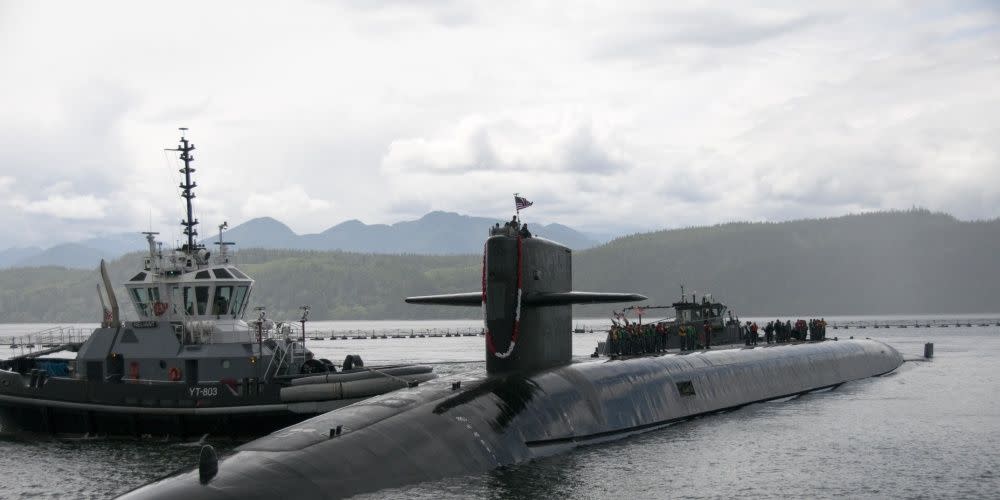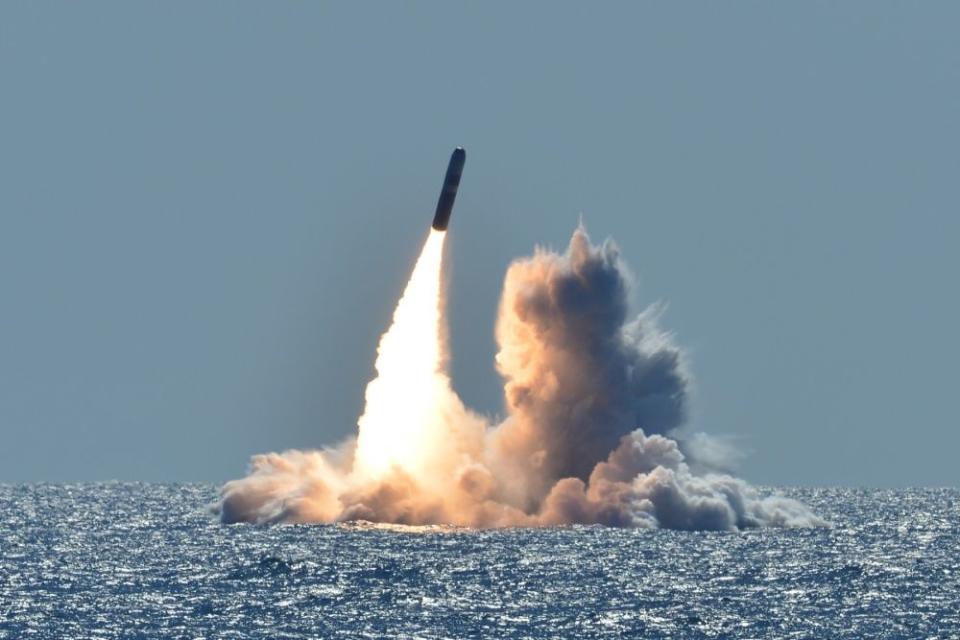Quantum Communication Could Make U.S. Subs Even More Deadly

Quantum communications would provide secure communications for U.S. missile submarines.
Quantum communications is a new, highly secure means of sending and receiving data.
The technology uses quantum theory to store data in fragile quantum states that collapses if hackers attempt to gain unauthorized access.
The process has been demonstrated in fast-moving water, leading to the possibility it could be used to communicate with nuclear-armed submarines.
University researchers have discovered that quantum communications are possible with submerged objects in turbulent water. The revelation means it might someday be possible for the National Command Authority to use quantum communications to securely communicate with underwater submarines, particularly those that make up part of the nuclear triad.

According to IEEE Spectrum, researchers at the University of Ottawa have demonstrated their ability to transmit information by quantum communications across thirty meters of “turbulent” water. The researchers were able to send 72 kilobits of data per second—or the equivalent of 4,600 characters per second. Although the method has been used to send and receive data through water in the past, it has been used across calm water and not necessarily water representative of a real-world marine environment.
Quantum communications is the practical application of quantum theory to create a super-secure means of communication. With current digital data transmission methods, it is possible for a third party to hack an exchange of data without being detected. The nature of quantum communications makes it possible to know immediately if hackers are trying to compromise a secure data stream.
Quantum communications would be—at least for now—pretty slow. Although 4,600 characters per second sounds like a lot, sending ordinary words in binary 0s and 1s balloons their size considerably. The word “Hello” in binary becomes “01001000011001010110110001101100011011110000110100001010” at a total of 56 characters. This article so far amounts to 19,656 characters in binary, or about 5 seconds of quantum communications at the current rate of data transmission.

But one group that could especially use this new quantum communications technology: nuclear submariners. The U.S. Navy operates 14 Ohio-class ballistic missile submarines, with at least five to six at sea at any given time. A typical deterrent patrol lasts an average of 70 days, during which time the submarines do their best to hide in the vastness of the world’s oceans and await orders to fire their missiles.
An Ohio-class submarine at sea is America’s ace in the hole, ensuring that hundreds of nuclear warheads can survive a surprise nuclear attack on the U.S. The idea is that this strategy deters an enemy from launching an attack in the first place. All of this makes secure, reliable communications with submarines extremely important. A third party that could read messages between the “boomers” at sea and the Pentagon could determine their position and sink them.
Quantum communications is far from broadband-level bandwidth, but it is enough to send simple, coded messages to submarines at sea. China is also reportedly looking into quantum communications to communicate with its submarines, and other undersea nuclear powers will likely follow suit.
You Might Also Like
